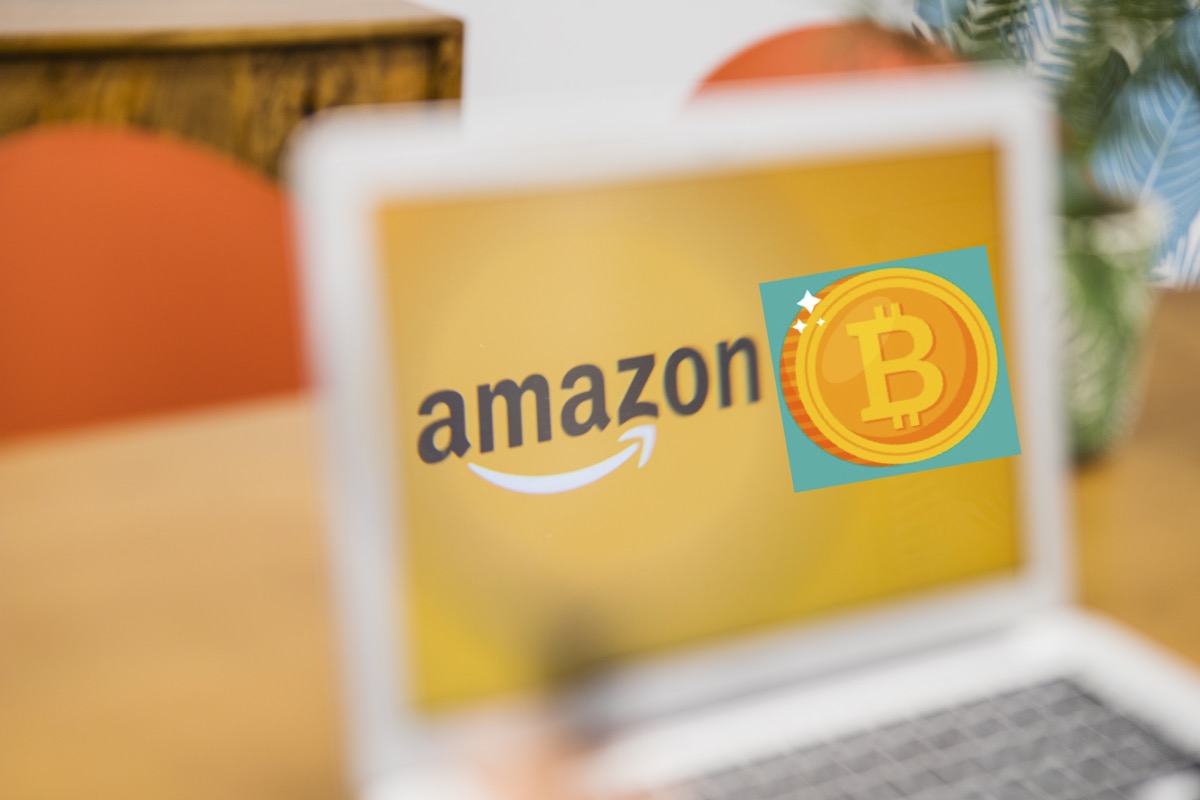OneCoin: A cryptocurrency scam story

Following his capture in the US, OneCoin founder, Konstantin Ignatov has been charged with multiple counts of fraud and money laundering. His sister and fellow co-founder of the Ponzi scheme Ruja Ignatov remains free.
In a similar manner to the infamous BitConnect scam, OneCoin is estimated to have defrauded over 3 million victims and potentially over $4 billion in illegal sales.
The entire episode is undoubtedly another black mark in a long line of scams and fraudulent activity within the blockchain industry, proving to be another difficult obstacle in the long term aim of mainstream adoption.
OneCoin never actually used a ‘blockchain’ to carry out their fraudulent activities; instead, investigators have established that the whole operation was a classic ‘Ponzi scheme’ where members were encouraged to recruit members of the public to purchase ‘educational OneCoin materials’ along with OneCoin tokens. The investors were led to believe that they could potentially earn over 10x on their original investments.
FBI assistant William Sweeny Jr stated:
“Unlike authentic cryptocurrencies, which maintain records of their investors’ transaction history, OneCoin had no real value. It offered investors no method of tracing their money, and it could not be used to purchase anything. The only ones who stood to benefit from its existence were its founders and co-conspirators.”
What’s special about this case is that the fraud is not only one of the largest in cryptocurrency history, but one of the largest in general. In terms of dollar value, it’s larger than the BitConnect scam, despite BitConnect having a larger market cap.
The entire debacle caught the majority of the crypto-universe by surprise, as news of the scam broke suddenly and swiftly. There were no prior warnings of a consensus of their activities among the wider community.
There are several reasons for this, such as OneCoin is not tradeable on exchanges, it’s not spendable anywhere and is not a major investable asset available publically.
The entire project was under the control of the OneCoin Company, and as the project had no real value and no real exchange rate, they were able to wash trade one exchanges. What this meant is that they were able to fix the price.
Through selling various packages of the ‘OneCoin coins,’ the company took in fiat from investors and sold them digital ownership of something that had no fundamental value. Due to this, they were able to falsify the price and show the investors that their half a Euro investment had grew substantially to €30 by January.
While its positive news that one of the perpetrators has been caught, the whole episode will leave a lingering stain and continue to cloud the image of blockchain and cryptocurrencies to those who potentially see benefits in the technology.







